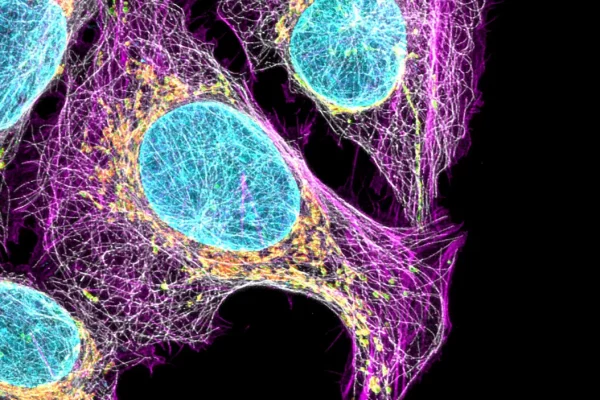Theoretical and Mathematical Work: Bioinformatics approach
Our theoretical work on cancer biology is centered on the OMICS approach, i.e. the exploitation of large databases for the purpose of extracting specific information. For instance, bioinformatic analyses of publicly available microarray and RNAseq data can be used to identify immune gene signatures and correlate these with cancer survival data. It is highly likely that the whole immune system, as indicated by expression levels for relevant genes, has been altered, and high-level patterns need to be identified. This requires existing tool use from graph analysis and machine learning. In this respect, we obtained help from Louise and Ashwin financed from our general fund. Our goal is the development of new computational approaches (1, 2), especially in the area of systems models (3, 4), and to provide support for dedicated mathematical scholars.









